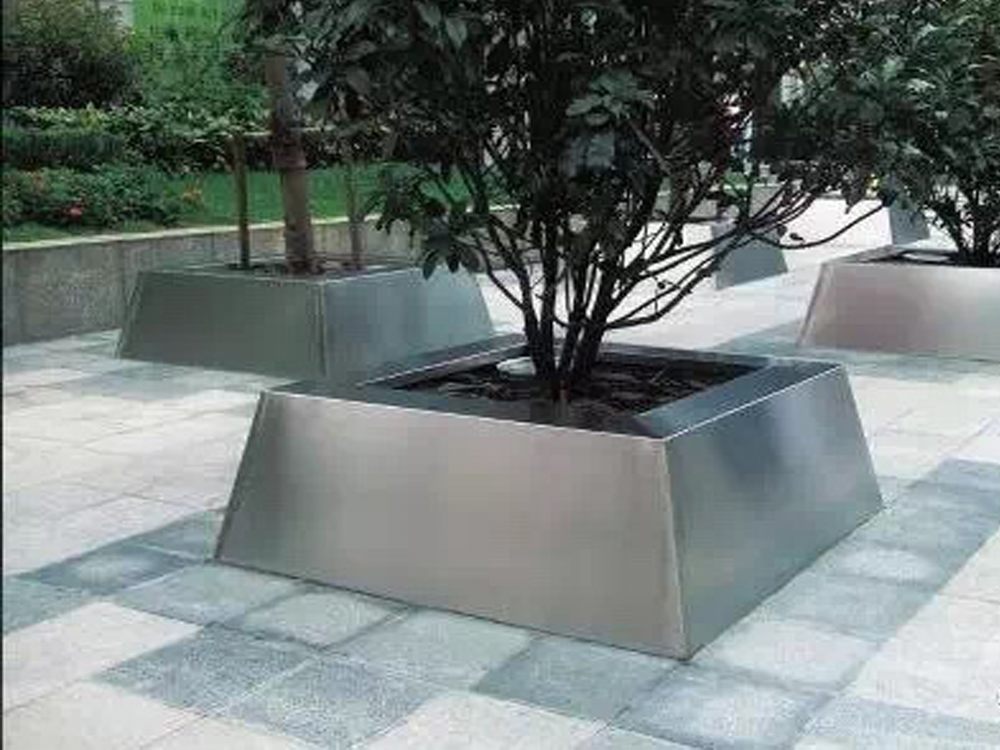
Stone carvings have long served as a medium for storytelling, transcending time and culture. Artists achieve narrative progression through deliberate techniques that guide the viewer’s eye and imagination. One key method is the use of sequential panels or tiers, where each section depicts a different stage of the story, much like a comic strip. For example, ancient Egyptian hieroglyphs often arranged scenes horizontally to chronicle historical events or mythological tales.
Another technique involves dynamic composition, where figures are carved in motion to suggest action and progression. The fluidity of draped clothing or the positioning of limbs can imply movement, leading the viewer from one moment to the next. Greek friezes, such as those on the Parthenon, masterfully employ this approach to depict processions or battles.
Symbolism also plays a crucial role. Recurring motifs—like a repeated animal or object—can signify continuity or thematic development. In Hindu temple carvings, the repetition of lotus flowers or divine weapons often marks transitions between spiritual narratives.
Finally, depth and perspective are manipulated to create a sense of time. Overlapping figures or varying relief heights can suggest foreground and background, implying chronological layers. Chinese cliff carvings, for instance, use shallow and deep cuts to distinguish between past and present events.
By blending these techniques, artists transform static stone into dynamic stories, inviting viewers to unravel their hidden tales.

